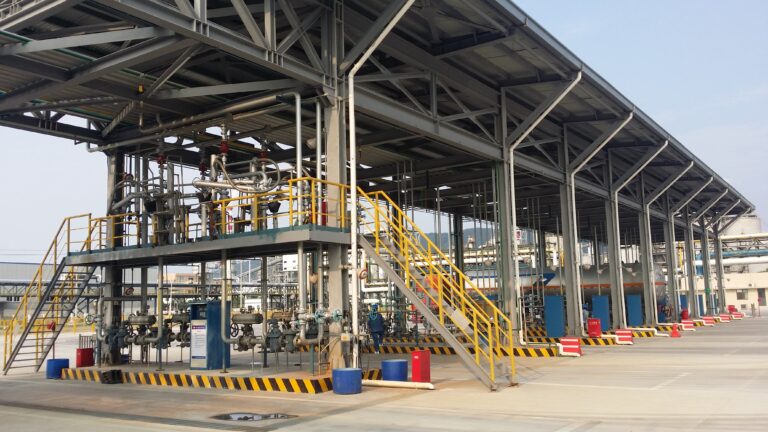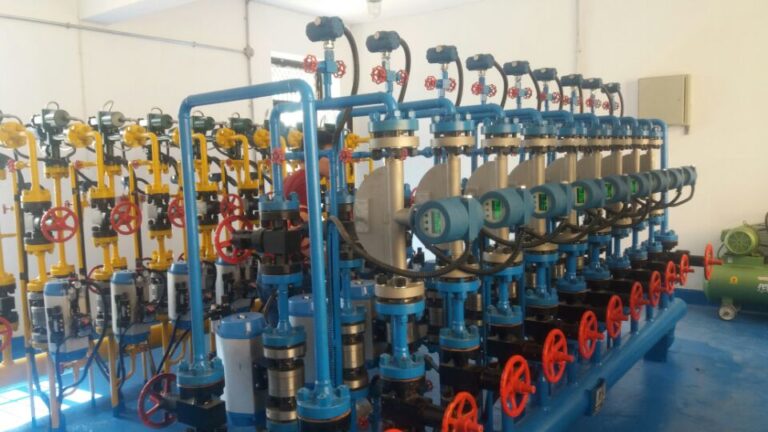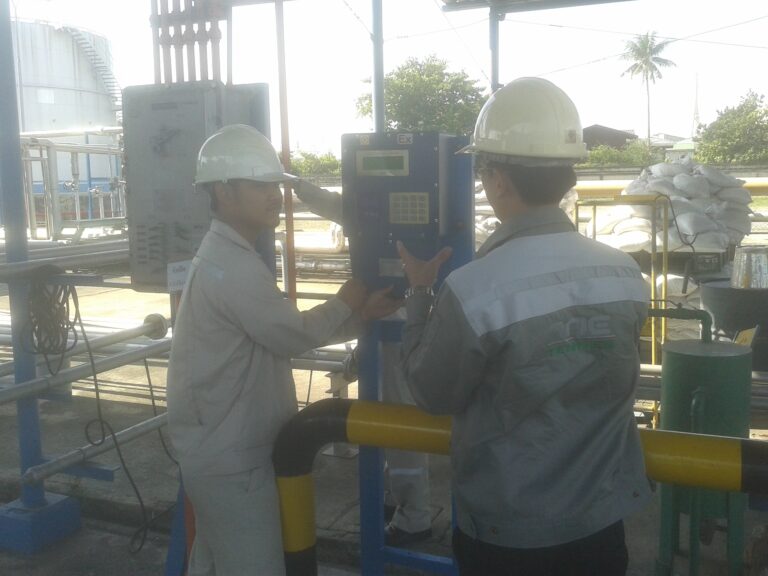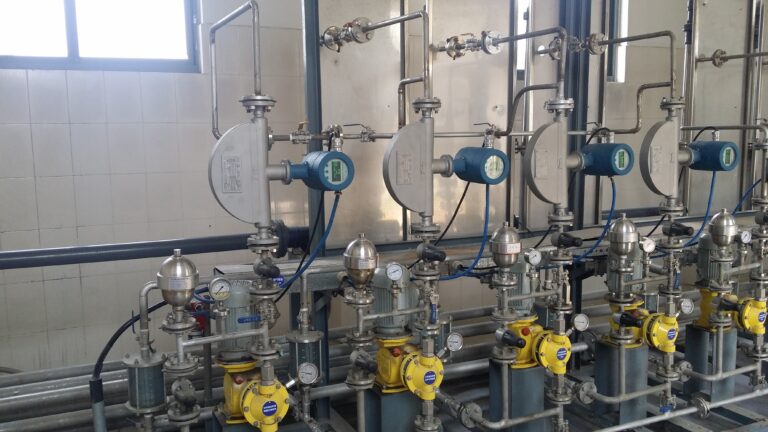1. Introduction
The installation position of a mass flow meter is a critical factor influencing its accuracy and long-term performance. In most scenarios, it is generally not recommended to install a mass flow meter close to a pump. However, in constrained environments, this might be unavoidable. This article explores the installation requirements, potential challenges of placing a mass flow meter near a pump, and practical solutions to mitigate related issues.

2. Installation Requirements for Mass Flow Meters
The accuracy of a mass flow meter largely depends on the stability and uniformity of fluid flow at its inlet and outlet. Below are the key requirements for an optimal installation:
Straight Pipe Length:
- There must be a sufficient straight pipe section before and after the mass flow meter.
- This ensures the fluid velocity distribution is uniform, minimizing measurement errors caused by turbulence.
Avoidance of Vortex and Turbulence:
- The flow entering and exiting the meter should remain free from vortex and turbulence to maintain measurement precision.
Stable Pipe Alignment:
- The meter should be installed on a horizontally stable pipeline.
- Avoid installation on pipelines that are tilted or twisted, as these can introduce significant measurement errors.
Environmental Stability:
- Avoid exposure to excessive vibration, temperature fluctuations, or pressure surges, which can disrupt sensor accuracy.

3. Challenges of Installing a Mass Flow Meter Near a Pump
When installed near a pump, several challenges may arise that can affect the meter’s performance:
Vibration and Noise Interference:
- Pumps often generate vibration and noise during operation.
- These mechanical disturbances can introduce errors in the flow meter’s readings.
Air and Particulate Contamination:
- The pump inlet may introduce air bubbles or solid particles into the fluid.
- These contaminants can disrupt fluid consistency and compromise measurement accuracy.
Inconsistent Fluid Density and Flow Distribution:
- At the pump’s inlet and outlet, the fluid may not have a uniform density or flow pattern.
- This inconsistency can lead to unreliable measurements.
Pressure Pulsations:
- Pumps can cause pressure pulsations in the fluid flow, further complicating the mass flow meter’s ability to achieve precise measurements.
Example Scenario:
A chemical processing plant installed a mass flow meter immediately downstream from a centrifugal pump. The vibrations from the pump caused continuous fluctuations in readings, requiring frequent recalibration of the meter.

4. Practical Solutions for Close-Proximity Installation
In situations where the mass flow meter must be installed near a pump, the following measures can help mitigate the associated risks:
Ensure Adequate Straight Pipe Length:
- Install a sufficiently long straight pipe section between the pump and the mass flow meter.
- This allows the fluid flow to stabilize before reaching the meter.
Use Vibration Isolation Devices:
- Apply vibration isolators or flexible couplings to minimize mechanical disturbances transmitted from the pump.
Install Air Eliminators and Filters:
- Use air eliminators to remove bubbles from the fluid.
- Install filters to prevent solid particles from entering the meter.
Routine Maintenance and Inspection:
- Regularly inspect and maintain the pump to ensure it operates smoothly.
- Keep the inlet free from air leaks and contaminants.
Consider Alternative Placement:
- If possible, place the meter further downstream from the pump where fluid flow has stabilized.

5. Case Study Example
Industry Example: In a water treatment facility, a mass flow meter was installed 5 meters downstream from a centrifugal pump, with a vibration isolation mount and an air eliminator installed in between. This setup significantly reduced errors caused by vibration and air entrainment, leading to a 30% improvement in measurement accuracy.
6. Conclusion
In summary, while it is generally not advisable to install a mass flow meter close to a pump, sometimes space constraints make it unavoidable. In such cases:
- Maintain adequate straight pipe length.
- Use vibration isolation devices and air eliminators.
- Regularly inspect and maintain the pump system.
By carefully implementing these measures, it is possible to minimize the adverse effects and ensure accurate and reliable measurements.
Key Takeaway: Proper planning and engineering controls can help optimize mass flow meter performance, even in less-than-ideal installation conditions.
